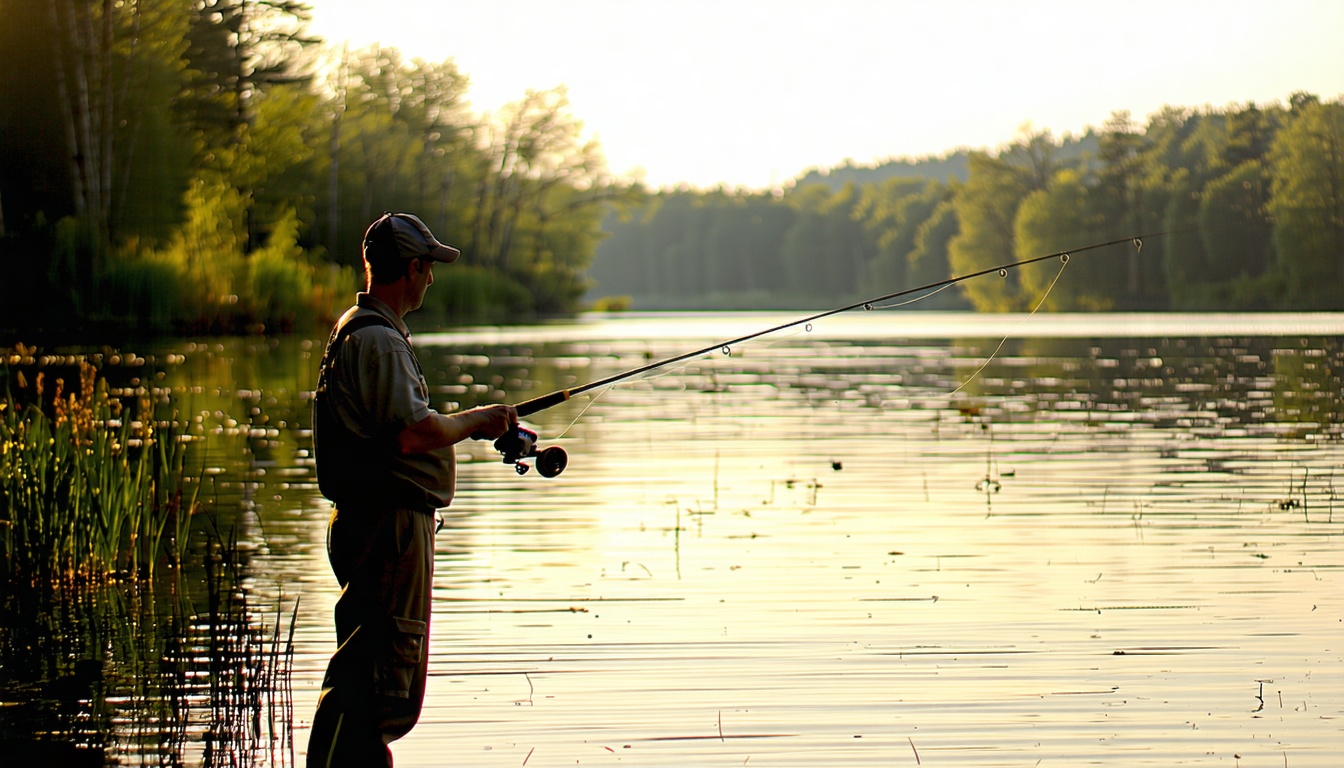

Tag
fishing
Fishing opportunities at Ohio lakes, rivers, and reservoirs for anglers of all skill levels.











Fishing opportunities at Ohio lakes, rivers, and reservoirs for anglers of all skill levels.









